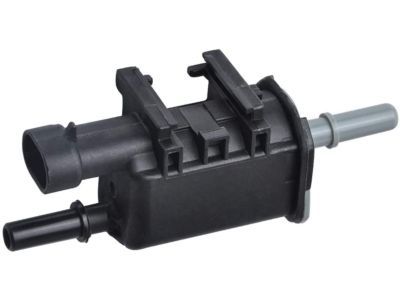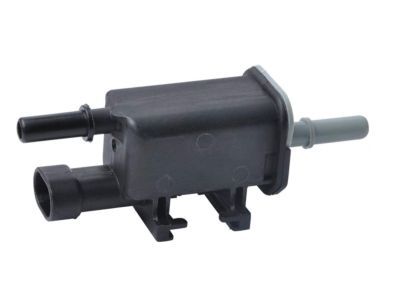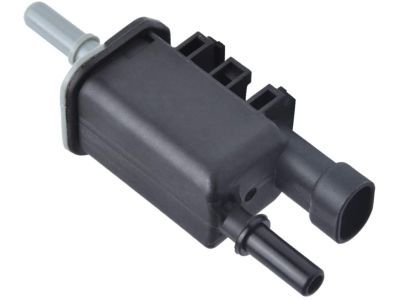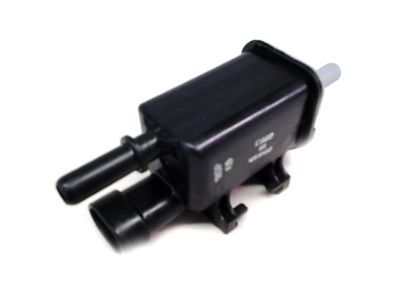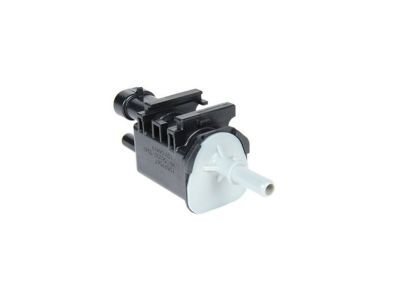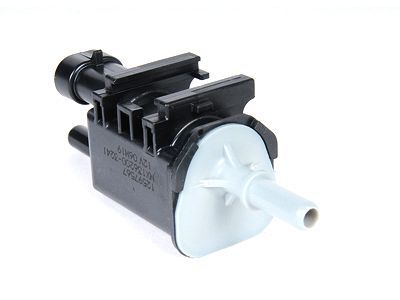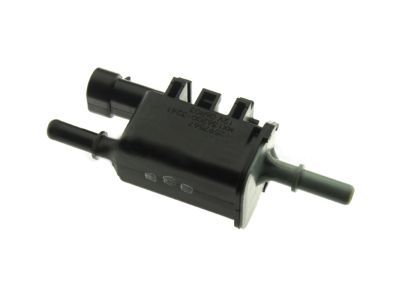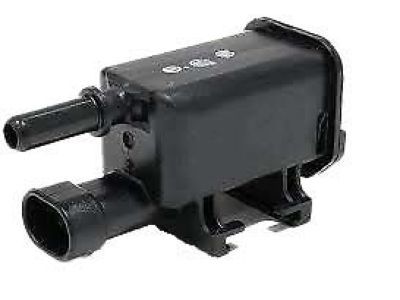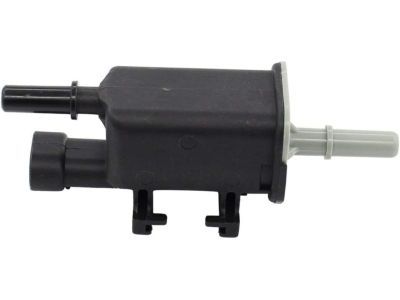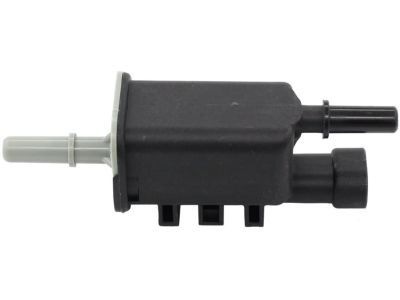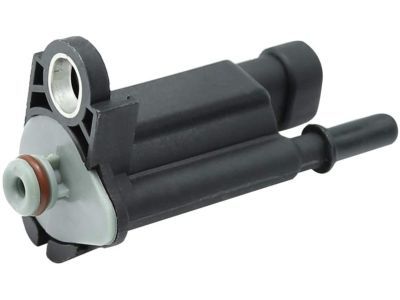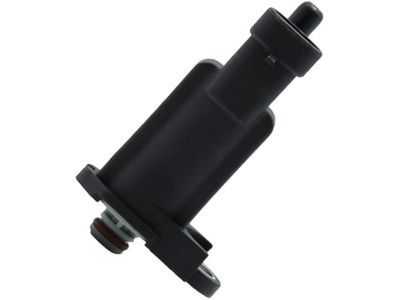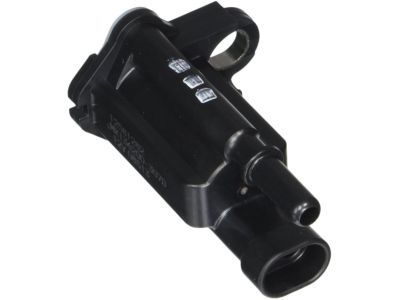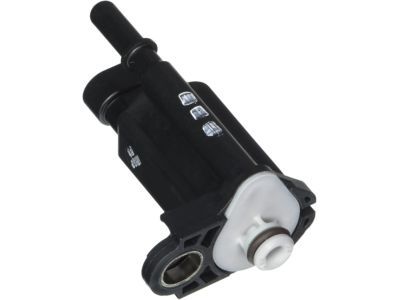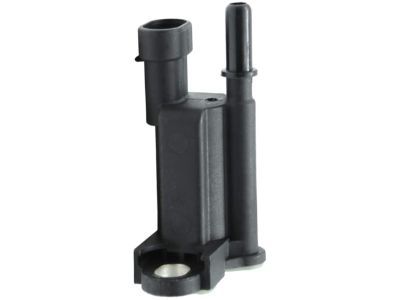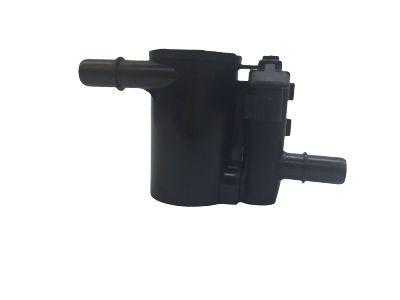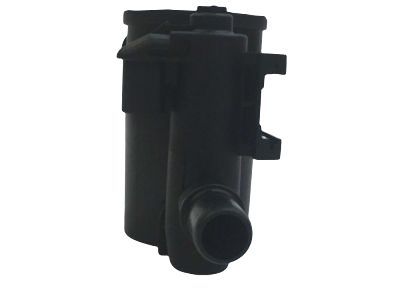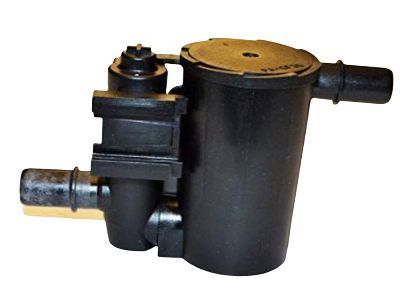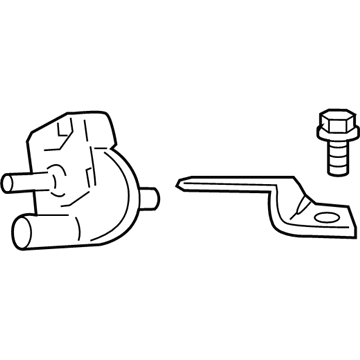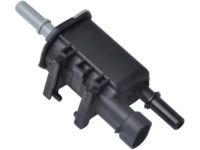
My Garage
My Account
Cart
Genuine Pontiac G6 Canister Purge Valves
Fuel Tank Evaporator Purge Control Valve- Select Vehicle by Model
- Select Vehicle by VIN
Select Vehicle by Model
orMake
Model
Year
Select Vehicle by VIN
For the most accurate results, select vehicle by your VIN (Vehicle Identification Number).
5 Canister Purge Valves found
Pontiac G6 Valve Assembly, Evap Emission Canister Purge Solenoid
Part Number: 12597567$33.14 MSRP: $67.60You Save: $34.46 (51%)Pontiac G6 Valve Assembly, Evap Emission Canister Purge Solenoid
Part Number: 12581282$34.85 MSRP: $65.74You Save: $30.89 (47%)Ships in 1-2 Business DaysPontiac G6 Solenoid,Evap Emission Canister
Part Number: 13575701$32.84 MSRP: $61.96You Save: $29.12 (47%)Ships in 1-2 Business DaysPontiac G6 VALVE ASM,EVAP EMIS CNSTR PURGE SOL
Part Number: 19432443$49.84 MSRP: $101.68You Save: $51.84 (51%)Ships in 1-2 Business DaysPontiac G6 Valve Assembly, Evap Emission Canister Purge Solenoid
Part Number: 12592015$31.69 MSRP: $59.80You Save: $28.11 (48%)Ships in 1-3 Business Days
Pontiac G6 Canister Purge Valves
Each OEM Pontiac G6 Canister Purge Valves we offer is competitively priced and comes with the assurance of the manufacturer's warranty for the part. Furthermore, we guarantee the speedy delivery of your orders right to your doorstep. Our hassle-free return policy is also in place for your peace of mind.
Pontiac G6 Canister Purge Valves Parts Questions & Experts Answers
- Q: What is the purpose and function of the Canister Purge Valves, Fuel Pressure Sensor and Vapor Canister on Pontiac G6?A:The Evaporative Emission Control which is abbreviated as EVAP system is aimed at avoiding fuel system vapors that contain unburned hydrocarbon from being released to the atmosphere. In main warmer, fuel vapors in the fuel tank get to expand and, once a given pressure is attained, they are directed through the fuel vent valve and the fuel EVAP control valve and into the canister for storage until consumed with the engine. The canister purge solenoid is controlled by the Powertrain Control Module (PCM) and the PCM opens it in certain conditions to let the vapours to fill the intake manifold to join the air/fuel mixture before combustion. The EVAP canister is the part of the vehicle situated beneath the car near the fuel tank and packed in the activated charcoal; the EVAP canister is reasonably maintenance-free. The fuel tank pressure sensor contributes detecting the pressure of the tank as well as signaling the PCM during tests with leaks. Located in the intake manifold vacuum and sensor, normally open, the vent solenoid seals the EVAP system for maintenance and testing, while the canister purge solenoid closes the system under the control of PCM. Diagnosing an electrical issue in EVAP system may not be easy but the symptoms which may suggest some goofs in the system include fuel smell, poor idle, stalling and low drive ability due to bad parts or the system having some leak. To ensure that fuel vapor pressure is not high, the gas cap can be unbolted and special sound, WHOOSH, which means pressure issues or hoses/valves, can be produced. Component replacement is usually accompanied by the removal of electrical connectors and hoses, the removal of the mounting brackets and every other related part, and then tightening and connecting where required in the reverse manner.

